Suppliers and retailers are looking to reduce reliance on plastic, but it’s hard to find milk packed in anything else. What are the alternatives?
When Iceland committed to ditch single-use plastic from its shelves in early 2018, there was one category giving MD Richard Walker serious pause. “I can be honest, our biggest challenge on packaging to move out of plastics is milk bottles,” he told The Grocer in May, citing an established system of blown plastic containers that had left the idea of a glass milk bottle more nostalgia than reality. In fact, despite the recent revival of the milkman, the proportion of fresh milk put into glass bottles has fallen from just under 95% in 1975 to less than 3% now. The remainder is poured into plastic, which is posing a major challenge in this post-Blue Planet era.
“The dairy industry has invested many millions of pounds in integrated plastic bottling plants over the last five years,” explains head of packaging at Iceland Ian Schofield, and though “we have now briefed all our suppliers on the removal of plastic, this will require substantial capital expenditure and investment, which will not happen in the short term.”
Fresh milk is far from alone in dairy when it comes to its environmentally damaging addiction to single-use plastic. From tubs of spreads to pots of yoghurt and slabs of wrapped-up cheese, plastic is ubiquitous in dairy. It’s lightweight so cheaper and easier to transport long distances, says the British Plastics Federation, and more malleable than other materials – allowing supermarkets to offer one to four-pint jugs of fresh milk. Crucially, it’s also proven to substantially extend shelf life for many SKUs.Quite simply it’s the norm and has been for some time, says Jilly Whibberley, marketing director of the A2 Milk Company. “People have been aware of its sustainability issues for quite some time but there is a colossal cost in making changes. It takes something for people to look up.”
In this case it was environmentalist David Attenborough and the national outcry towards plastic floating in the world’s oceans. According to a 2018 survey of more than 5,000 consumers by Kantar Worldpanel, 24.6% now feel ‘extreme concern’ about plastic packaging in grocery, with 21% keen to see industry switch to entirely plastic free. As Walker puts it, “the genie is out the bottle” and dairy must act.
“I don’t think retailer pools in their current format have long left”
For many dairy brands the move toward more sustainable packaging is already underway. Launched in 2008 the Dairy Roadmap, a collective of green initiatives backed by farmers, retailers, manufacturers, and government, has seen 85% of HDPE (high-density polyethylene) milk bottles now recycled by UK dairy processors and more than 95% of tertiary packaging (pallets, containers and shrink wrap) made from reused or recycled material. In its latest report, the commitment has added a target to ‘eliminate unnecessary single-use plastic’ by 2025 too.
This focus on reuse and recycling within the initiative echoes a sense among many brands that simply ditching plastic isn’t practical. For Amelia Harvey, co-founder of The Collective UK, though the sight of plastic “all over the headlines” over Christmas 2017 left her thinking “bloody hell, I’ve got a black lid made of plastic and I’ve got to do something about this” the solution wasn’t ditching plastic entirely. Not least as “the robust black lids have been an iconic part of the brand’s identity since the brand began in 2011” and the material “offers the most hygienic and clean solution, whilst being robust and sturdy, protecting the product from spoilage”.
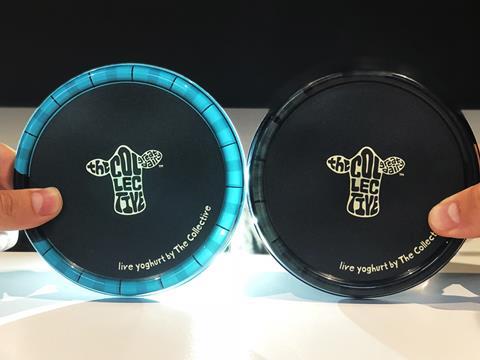
Instead, as of next month, the brand will roll out its ‘breakthrough’ black plastic lids using a pigment that allows the lids to be detected by infrared sensors and easily recycled, unlike traditional black plastic. Harvey says “every new product will be packaged in the most sustainable plastic we can”.
At Dairy Crest, too, the aim is 100% recyclable packaging for its butters and cheeses by 2021-22, achieved via a “year-on-year increase in the percentage of recyclable packaging used across our product groups”.
Even this shift holds major technical challenges, it says. Though its spreads are “widely recycled” already, “cheese flow-wrap packaging is not currently, due to the complex blend of polymers required to maintain product integrity and safety”. It is working with experts to overcome the problem.
At Müller, new technologies have allowed it to move to lightweight designs, removing 10,000 tonnes from its plastic milk bottles since 2016. It has “actively increased the use of recycled plastic too” and says both moves have been boosted by taking packaging in-house to a facility adjacent to its dairies.
But for all this hard work the fact remains that, even where technically possible, plastic is woefully under-recycled in the UK, with two-thirds of plastic food containers incinerated or sent to landfill, according to the Local Government Association.
It’s why some believe simply plugging recyclable plastic isn’t enough. “You’re still producing plastic and using that energy with a finite amount of times it can be recycled,” says Abigail Kelly, category controller at Crediton Dairy. “I don’t think that’s enough of a change. We need a step change in what material we’re using.”
Crediton uses cartons across its UHT milk, cream and flavoured milk, despite being told as recently as 18 months ago by retailers that “we need to be in plastic” to launch into areas such as RTD coffee. “We decided to go with cartons and they’ve done extremely well,” adds Kelly. “We’ve proved to ourselves and to the market that it’s a valid format to be in and now it’s obviously more environmentally responsible.”
“ Following recent head office job cuts, buyers are being given increased remits”
The A2 Milk Company is also exploring cartons, having launched what it claims is the first fresh milk in a one-litre cardboard carton this month. A change in processor “gave us a big opportunity to rethink our packaging,” says Whibberley, “and clearly the debate on plastic has fed into our choice. The carton offers additional benefits, with more space to communicate to our customers.”
Bioplastics – entirely renewable plastics made from plant-based sources such as sugars or tree saps – have already gained traction in other categories, with Innocent Drinks rolling out a bottle made from 15% sugar-cane plastic in April. “It is economically viable,” says Crediton head of sales and marketing Nick Bartlett of the material. “We’re just in final discussions with various parties to make it happen” to replace the remaining plastic lids on cartons.
He accepts these sorts of agile changes will be far more challenging for dairy’s major operators, though. “There are an awful lot of large, heavily invested factories geared up for blowing on-site poly bottles. Which is why smaller, tertiary brands, businesses and products will move first and lead the way. Bigger companies will then follow.”
For Iceland’s part it’s confident, even with all its challenges, that a switch to plastic-free milk bottles will be achieved ahead of the self-imposed 2023 deadline. “We are working with all our suppliers to agree with us a timeline for the ultimate removal of plastic,” says Schofield, “and are confident that Iceland will continue to lead the way in delivering a plastic-free future.”
Downloads
The Dairymen 2018
PDF, Size 31.4 mb








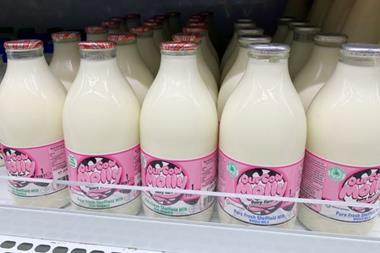
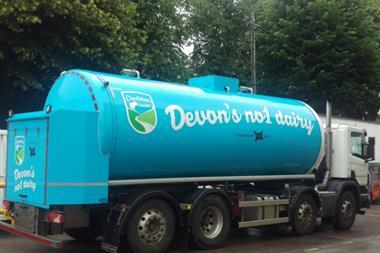
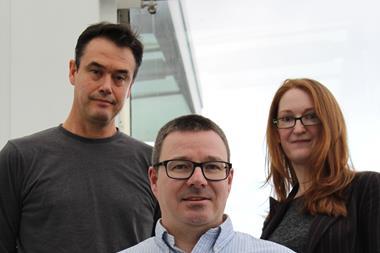
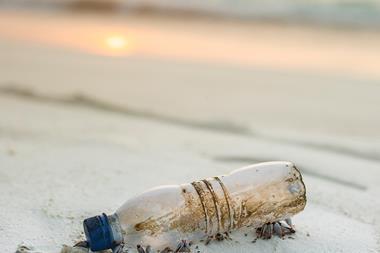
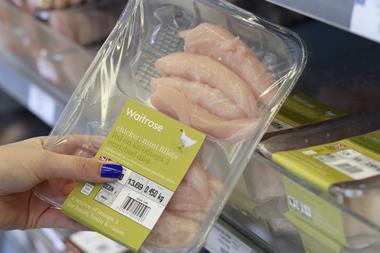
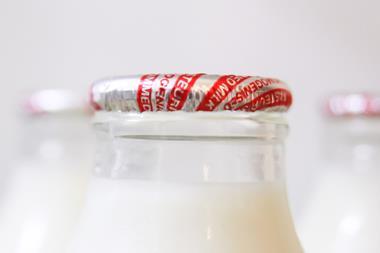






No comments yet